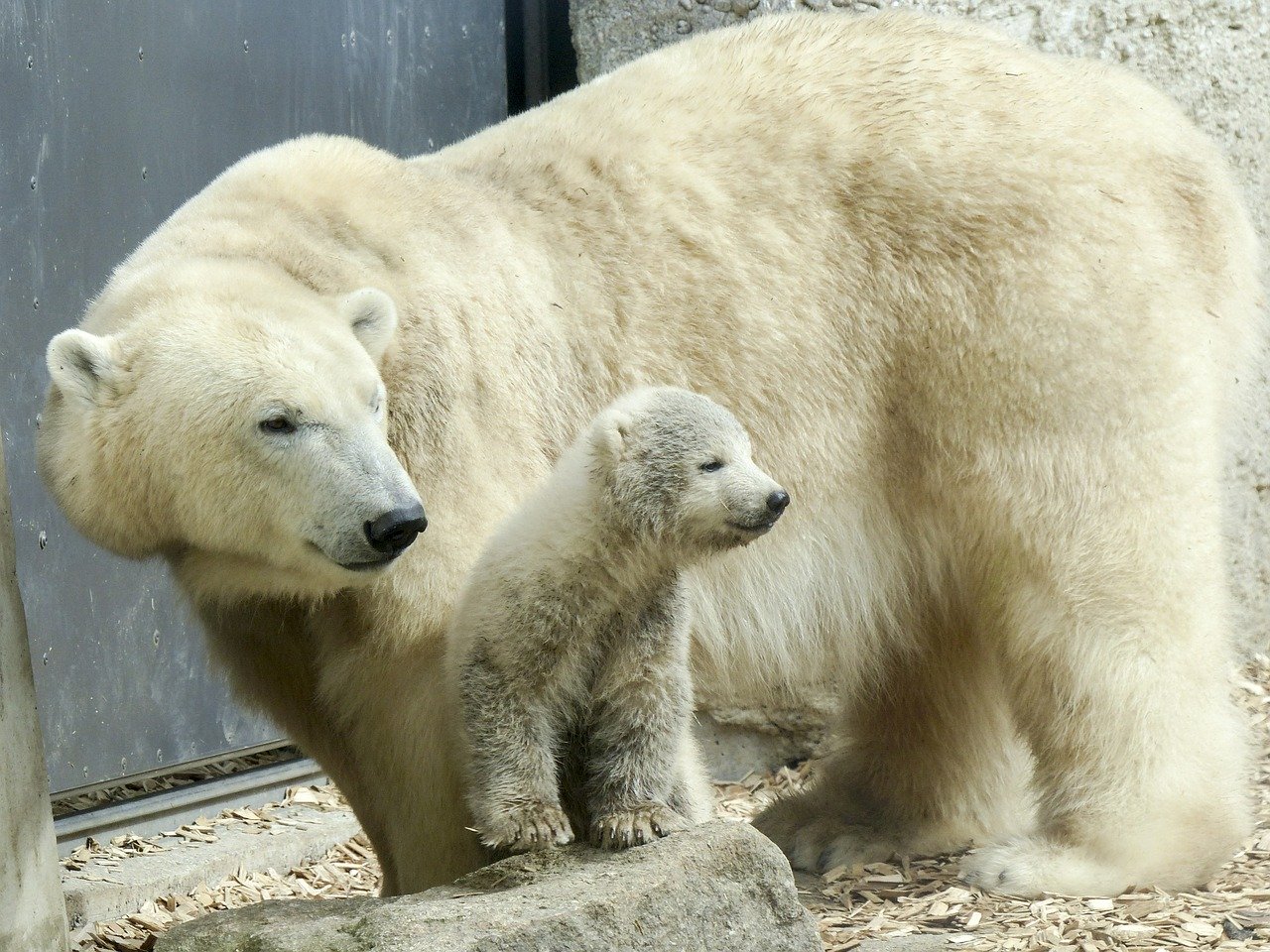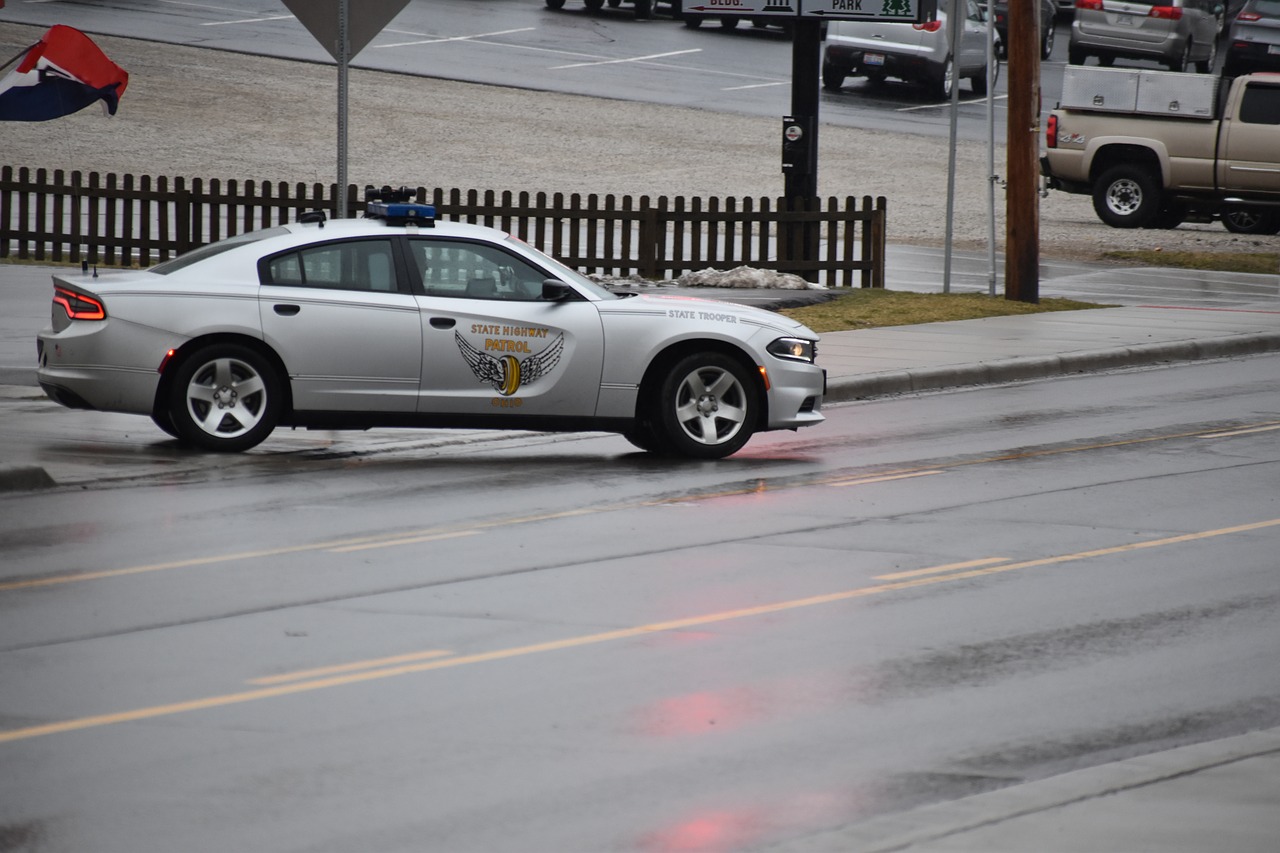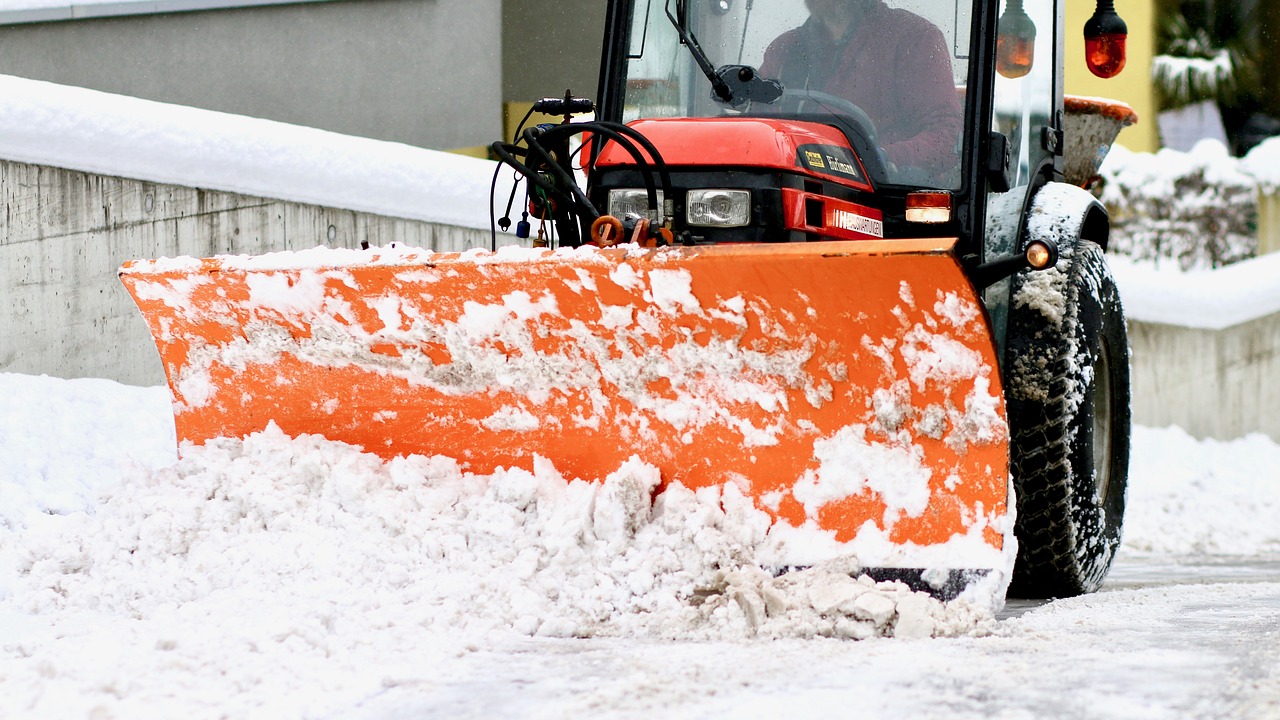One of Delaware County’s newest residents is very small and very furry.
The Columbus Zoo and Aquarium welcomed a polar bear cub born on Thanksgiving Day, November 28, to mother, Aurora, and father, Lee. The Animal Care team notes that Aurora is being an attentive mother to her new cub, who has been observed nursing. As Aurora continues to care for her cub, she and her little one will remain in their private denning area behind the scenes until spring.
In addition to this latest arrival, 13-year-old Aurora has previously given birth to three litters, consisting of three other surviving cubs. Her first cub, Nora, who now lives at Utah’s Hogle Zoo, was born on November 6, 2015 and hand-reared by Animal Care staff who needed to step in to care for her. On November 14, 2016, Aurora then gave birth to twins, female, Neva, and male, Nuniq, and provided them with excellent care. Neva now lives at The Maryland Zoo in Baltimore with her half-sister, Amelia Gray (who was born the same year to Anana), and Nuniq lives at the Henry Vilas Zoo in Madison, Wis.
From mounted cameras, Aurora’s cub was observed being born at 12:43 a.m. The team has been monitoring Aurora and her twin sister, Anana, around the clock as they have both been denning for several weeks. Both females have given birth in the past, and Animal Care staff are very familiar with the bears’ behavior patterns. While Aurora was frequently resting in her den leading up to the cub’s birth, Anana has shown more activity, indicating that she may not be preparing for a birth. The species has one of the lowest reproductive rates of any mammal as polar bear reproduction is a complicated process due to delayed implantation, during which a fertilized egg does not implant in the uterus for several months to ensure the cub is born to the mother at the best time for survival. Because there are no pregnancy tests for polar bears, the Animal Care team will continue to monitor Anana’s activity as polar bears can give birth from November to early January.
Aurora’s cub born Thursday is the first to be sired by 20-year-old Lee, who arrived at the Columbus Zoo from Denver Zoo on November 7, 2018. His move recommended by the Association of Zoos and Aquariums’ (AZA) Species Survival Plan® (SSP), a cooperatively managed program designed to maximize the genetic diversity and increase the population sustainability of threatened and endangered species in human care. Nora, Neva, Nuniq, and Anana’s cub, Amelia Gray, were sired by Nanuq, the oldest male polar bear to reproduce. He passed away in 2017 at the age of 29, surpassing the 20.7-year median life expectancy for a male polar bear by more than eight years.
“We are very proud of the continued success of the Columbus Zoo and Aquarium’s polar bear program. The birth of this polar bear cub is extremely exciting, of course, but the work of our team isn’t over as the survival rate for a delicate cub during its first few weeks is low based on a variety of factors. I am also extremely proud of our Animal Care team, who continually show their expertise and dedication as they work day and night to provide the animals with top quality care. The polar bear is a species that continues to face many threats to their survival, and we are not only helping to contribute to their future with these births, but we also remain committed to sharing the knowledge we gain through these experiences with our conservation partners and others working to help save polar bears,” said Columbus Zoo and Aquarium President/CEO Tom Stalf.
In 2008, the polar bear became the first species to be listed under the Endangered Species Act as threatened primarily due to climate change. Polar bears are native to the circumpolar north, including the United States (Alaska), Canada, Russia, Norway, and Denmark (Greenland). They are at the top of the Arctic food chain and primarily eat seals. Polar bear populations are declining due to the disappearance of sea ice, and experts estimate that only 20,000-25,000 polar bears are left in their native range. Some scientists believe if the warming trend continues, two-thirds of the polar bear population could disappear by the year 2050.
The Columbus Zoo and Aquarium is dedicated to conserving polar bear populations in their native range. Since 2008, the Zoo has contributed more than $250,000 to research benefiting polar bears in the Arctic. The Zoo is also designated as an Arctic Ambassador Center by Polar Bears International (PBI). At the Columbus Zoo, visitors are encouraged to do their part to save this amazing species by turning off lights when leaving a room, minimizing their use of heating and cooling units, and other ways to reduce energy consumption.
For further updates about the Zoo’s polar bears and other species, be sure to follow the Zoo’s social media accounts on Facebook, Instagram and Twitter.
See photos below.
https://www.instagram.com/p/B5dTlSWhe3e/










